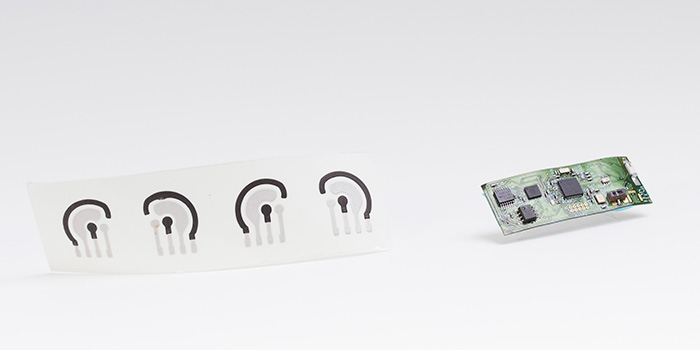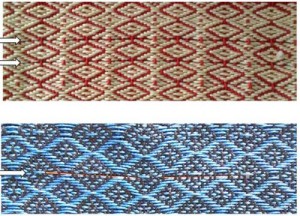
The system consists of a temporary tattoo (left) and a circuit board (right).
Image: UC San Diego
A team of researchers form the University of California, San Diego has developed a flexible, wearable sensor that can accurately measure a person’s blood alcohol level from sweat and transmit the results wirelessly in real time.
The new development provides a continuous, non-invasive alternative to current alcohol level detection methods. Researchers state it also provides a more accurate reading than breathalyzers.
The device consists of a temporary tattoo, which adheres to the skin, induces sweat, and electrochemically detects alcohol levels. The sensor also incorporates a portable, flexible electronic circuit board, which connects to the tattoo and wirelessly communicates the information.
“Lots of accidents on the road are caused by drunk driving,” says Joseph Wang, ECS member and co-author of the study. “This technology provides an accurate, convenient and quick way to monitor alcohol consumption to help prevent people from driving while intoxicated.”
In addition to applications in law enforcement and medicine, Wang believes this device could potentially be integrated with a car’s alcohol ignition interlocks, or used by people to check their own alcohol level before getting behind the wheel.



